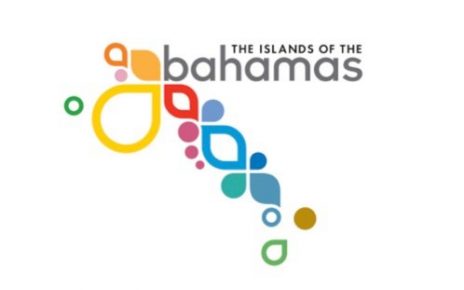According to the latest data, the turnover of the German hospitality industry is 70% below the numbers of last year, at least in comparison with February 2020. There is a small ray of hope for the months of December 2020 to January 2021.
The devastating figures show just how hard the effects of the Corona pandemic have hit the hospitality industry. For example, overall sales in the hospitality industry were 70.0% lower in real terms than in February 2020 – the month before the outbreak of the Corona pandemic in Germany. This is according to a recent announcement by the Federal Statistical Office.
However, there is also a small glimmer of hope: in January 2021, the sales in the catering industry increased by 3.3% in real terms and by 2.0% in nominal terms compared with December 2020 after calendar and seasonal adjustment.
However, the extent to which this trend can continue will also depend on further political decisions at the next federal-state conference on March 22, 2021. This is because the hospitality industry is still largely closed. The sector is only allowed to offer food and beverages as takeaways and for delivery, and tourist overnight stays are still prohibited.
Originally, it was at least planned that outdoor gastronomy could start in the now upcoming fourth opening step (from March 22). However, this is subject to the condition that the 7-day incidence in the state or region has not worsened for two weeks after the third opening step. If the incidence is below 50, outdoor restaurants, theaters, concert halls, opera houses, and movie theaters may then reopen. Non-contact indoor sports and contact outdoor sports will also be allowed.
With an incidence between 50 and 100, outdoor dining could be allowed only with appointment booking and daytime quick or self-testing. Theaters, movie theaters, and the like would also be required to have daily quick or self-tests. If the incidence exceeds 100, the emergency brake kicks in again.
And at present, unfortunately, it looks more like an emergency brake in many regions of Germany. Rising incidence values are being measured almost everywhere, and in some cities and communities the 100 mark has already been exceeded again.




